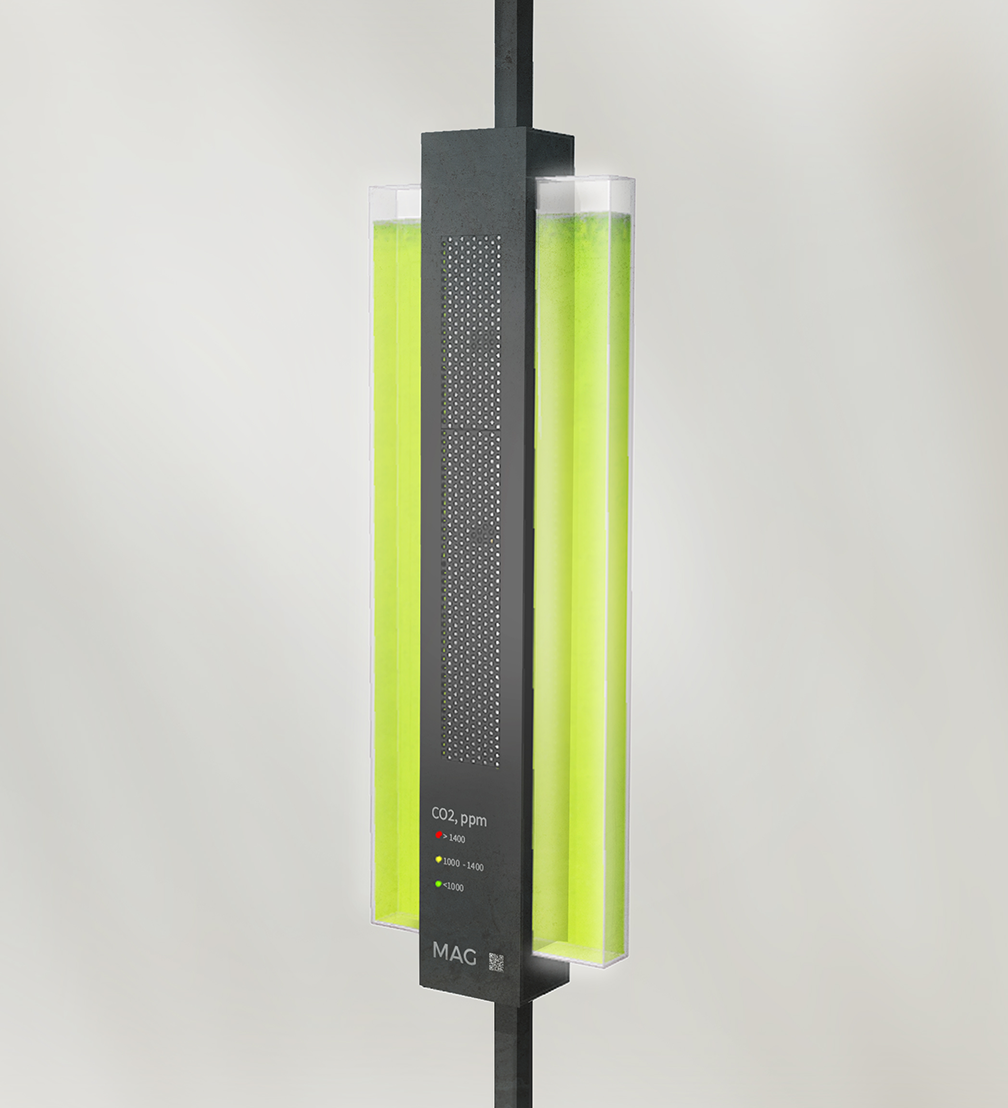
For her master’s degree project at the Functional Design Department of the Art Academy of Latvia (AAL), Alise Jēkabsone has developed a concept for a product that uses microalgae to improve indoor air quality. The MAG microalgae photobioreactor efficiently absorbs carbon dioxide and provides information about air quality. By placing the device in schools, the young designer hopes to inspire children to take care of the environment and become aware of the importance of air quality.
The MAG photobioreactor is conceived as a natural indoor air purification system that works by absorbing carbon dioxide and releasing oxygen during the photosynthetic process of microalgae. Microalgae are one of the fastest growing organisms on earth, doubling in amount in 24 to 48 hours and accumulating carbon dioxide more efficiently than terrestrial plants. The MAG air purifier consists of transparent interchangeable containers in which microalgae are grown. They are supplied with nutrients by a feeder located in the centre of the container. One such facility is designed for a middle-sized class room that can accommodate up to thirty people. Thanks to the height-adjustable support, the photobioreactor can be placed in rooms of various configurations. The system includes a sensor that indicates the concentration of carbon in the air with the help of light signals.
Alise reveals that already when she started studying at the AAL, she was interested in solving air quality issues: «I was very worried about it personally. I worked from home in the centre of Riga for about two years, and I felt, especially in summers, that it’s impossible to ventilate the room. How does it affect my health in the long run? How does this affect my productivity? How and if the indoor air quality could be improved without interfering with the architecture of the room and without changing the location?» At that time, the young designer learned about the unique properties of microalgae, so she decided to offer a solution that uses them, not yet knowing whether it would be a product or rather a body of knowledge.
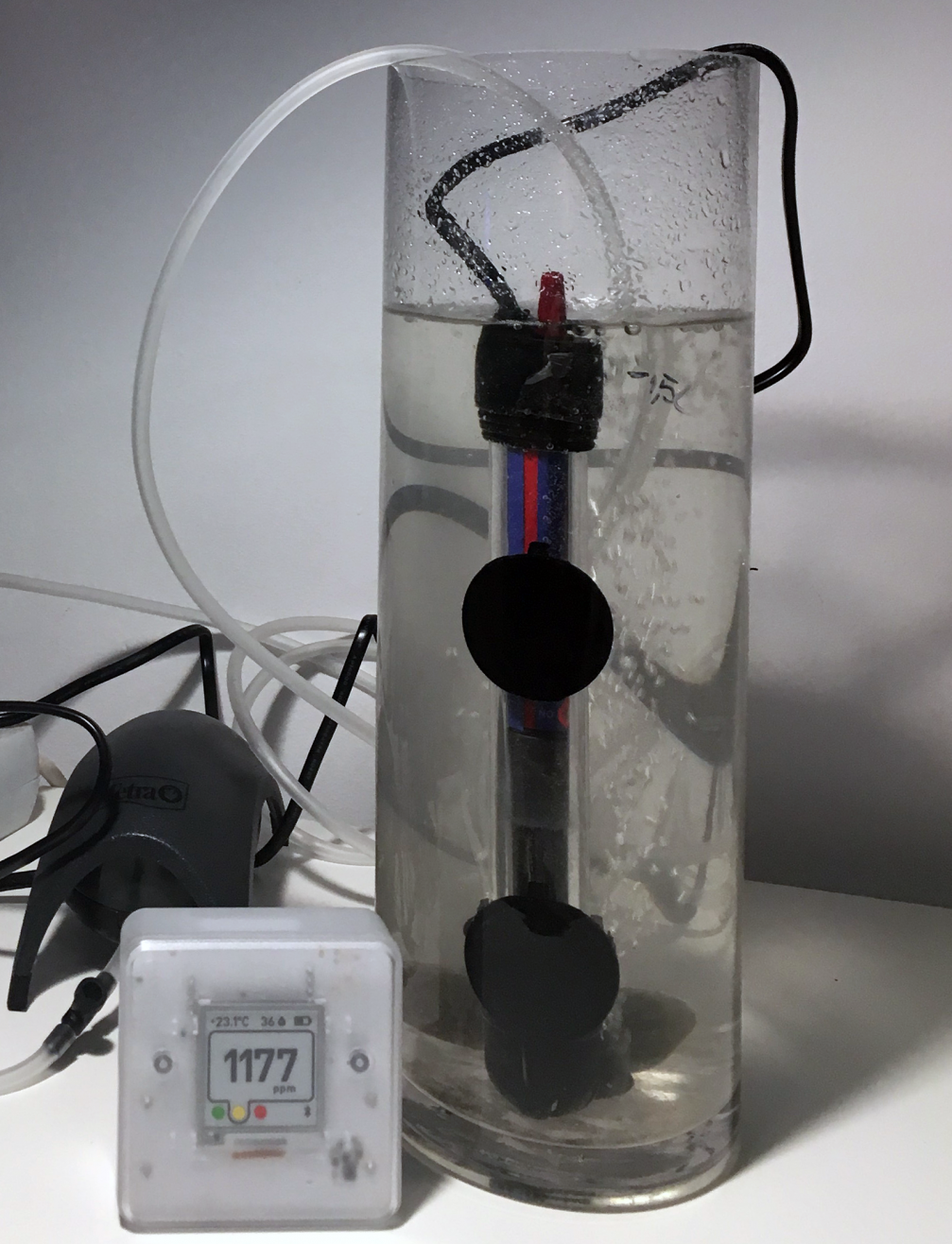
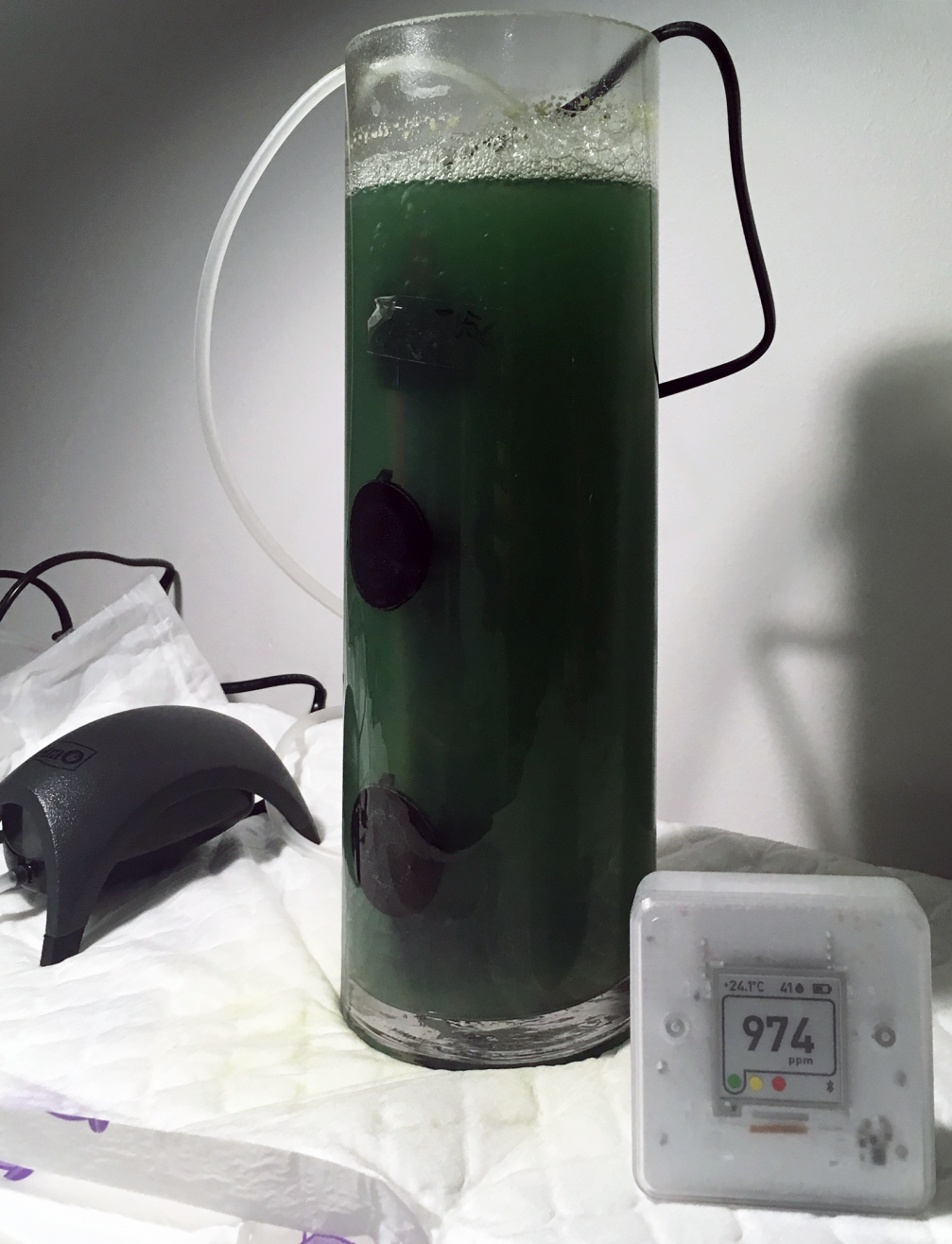
In parallel, Alise conducted research on the role of air quality in maintaining productivity, impact on health in the short and long-term, as well as in ensuring daily well-being. It has been found that in 50% of cases in Latvian schools, carbon dioxide levels are too high in the classrooms, which can cause headaches, reduce the ability to concentrate, as well as the ability to receive and process information. «Young people are in schools in order to actively learn and develop, but they are forced to spend time in rooms where students’ cognitive functions are negatively affected,» says Alise. This gave her the idea of creating a product — an indoor air quality indicator for schools: «On the one hand, it should be able to improve air quality by absorbing carbon dioxide, on the other hand, it should serve as a medium for the younger generation to teach about the importance of indoor air quality in everyday life.»
While developing the MAG concept, Alise has thought not only about the functionality and appearance of the product, but also about the design of the service. It is planned that customers could rent MAG devices, and the service company would provide both their installation and daily maintenance. A sensor would send data to the MAG team, informing about the concentration of carbon dioxide in the room and indicating the required maintenance. For the master’s thesis, the designer has also developed a website that serves as a communication platform, addressing schools that would potentially be ready to test MAG in their premises. It is planned that in the next academic year, three schools could be able to test a prototype of the device. A product team and funding are currently being sought for its development.
Alise Jēkabsone’s master’s thesis supervisor is designer Holgers Elers. Alise would like to express her special thanks to Agnese Stunda Zujeva, a scientist and co-founder of Spirulina Nord, who helped the designer to cultivate microalgae and understand the peculiarities of these plants.
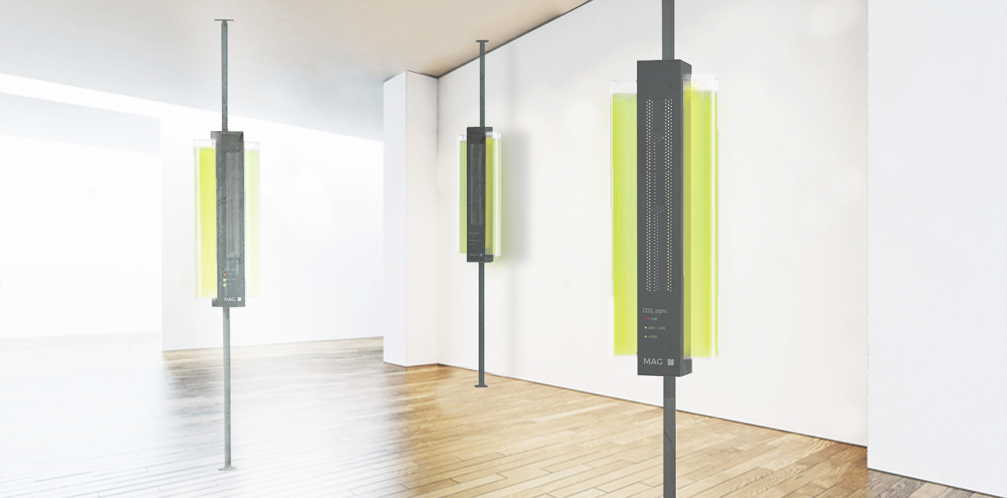
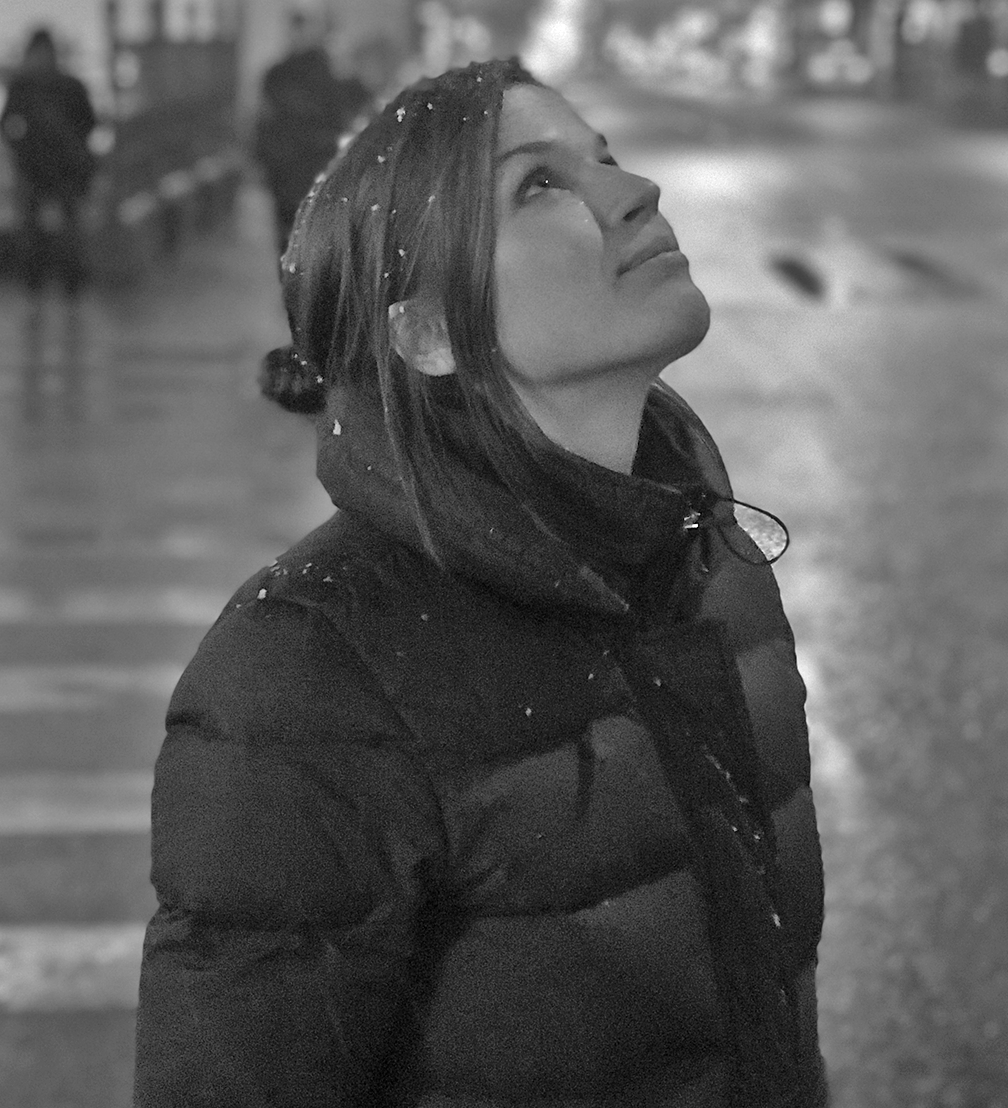

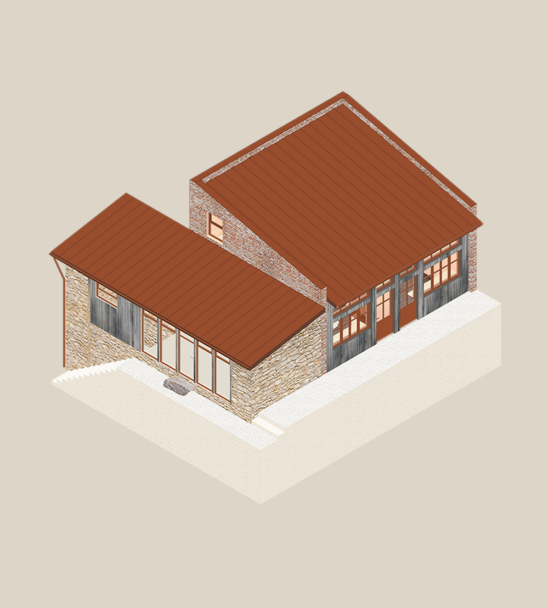

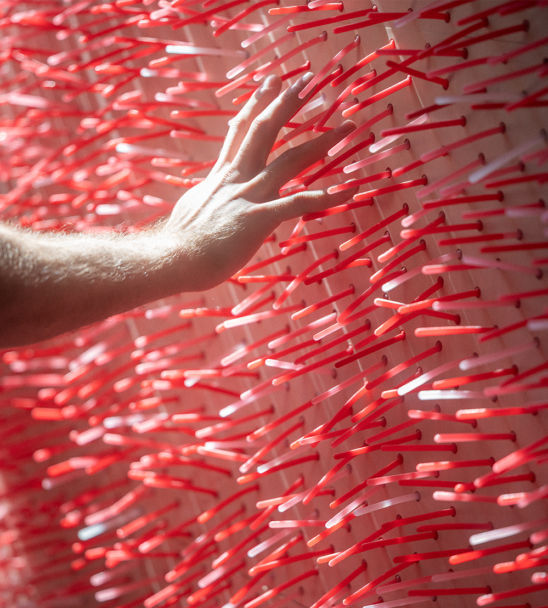
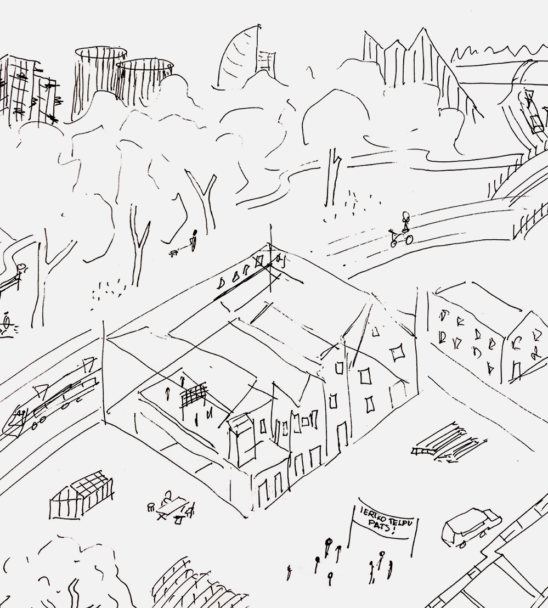
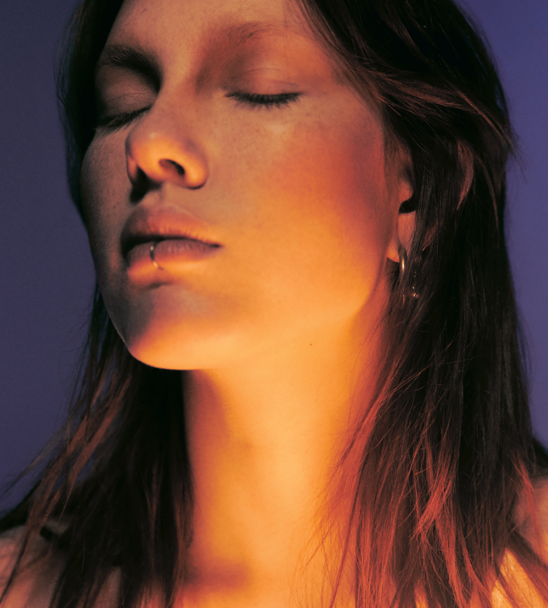
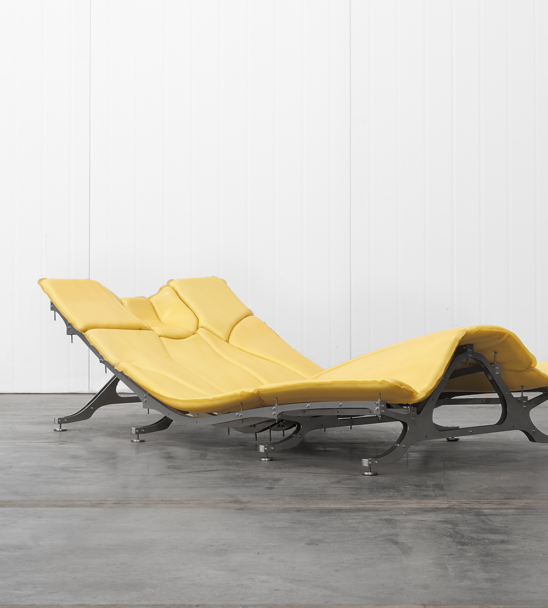
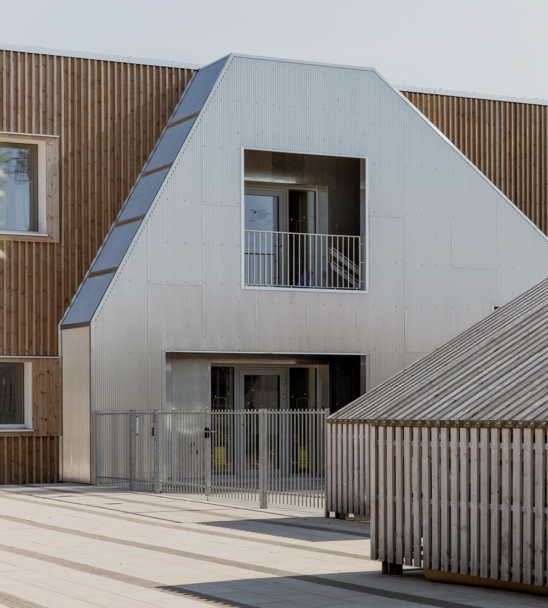
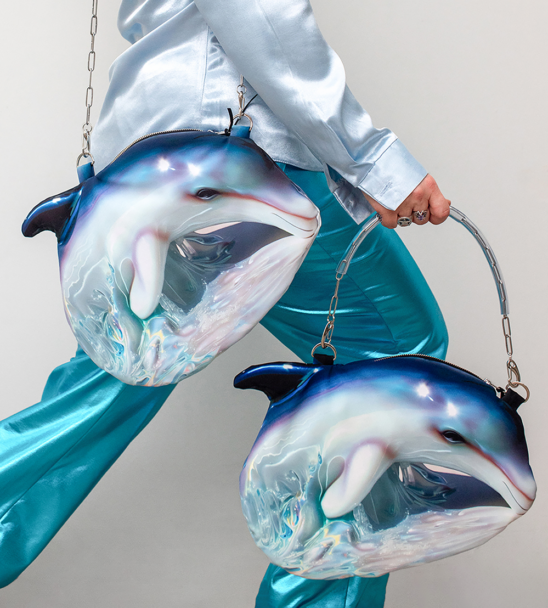
Viedokļi